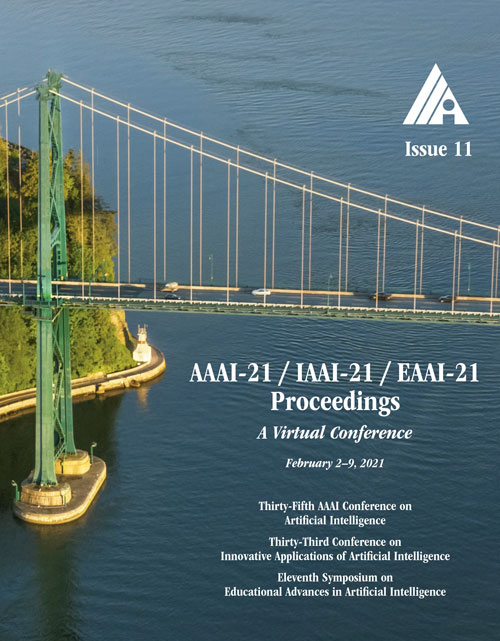PDO-eS2CNNs: Partial Differential Operator Based Equivariant Spherical CNNs
DOI:
https://doi.org/10.1609/aaai.v35i11.17154Keywords:
(Deep) Neural Network Algorithms, Learning with Manifolds, Representation Learning, Classification and RegressionAbstract
Spherical signals exist in many applications, e.g., planetary data, LiDAR scans and digitalization of 3D objects, calling for models that can process spherical data effectively. It does not perform well when simply projecting spherical data into the 2D plane and then using planar convolution neural networks (CNNs), because of the distortion from projection and ineffective translation equivariance. Actually, good principles of designing spherical CNNs are avoiding distortions and converting the shift equivariance property in planar CNNs to rotation equivariance in the spherical domain. In this work, we use partial differential operators (PDOs) to design a spherical equivariant CNN, PDO-eS2CNN, which is exactly rotation equivariant in the continuous domain. We then discretize PDO-eS2CNNs, and analyze the equivariance error resulted from discretization. This is the first time that the equivariance error is theoretically analyzed in the spherical domain. In experiments, PDO-eS2CNNs show greater parameter efficiency and outperform other spherical CNNs significantly on several tasks.Downloads
Published
2021-05-18
How to Cite
Shen, Z., Shen, T., Lin, Z., & Ma, J. (2021). PDO-eS2CNNs: Partial Differential Operator Based Equivariant Spherical CNNs. Proceedings of the AAAI Conference on Artificial Intelligence, 35(11), 9585-9593. https://doi.org/10.1609/aaai.v35i11.17154
Issue
Section
AAAI Technical Track on Machine Learning IV

